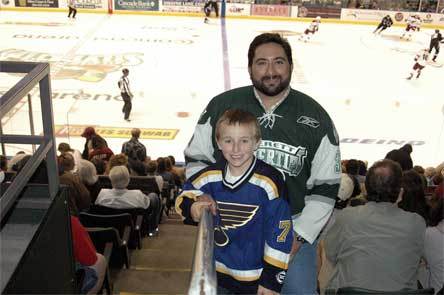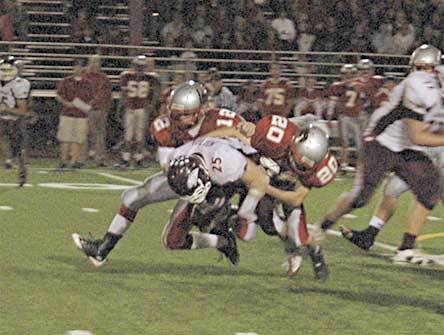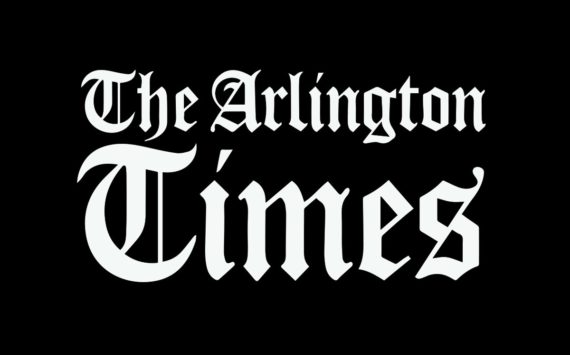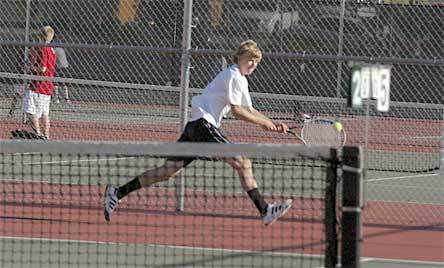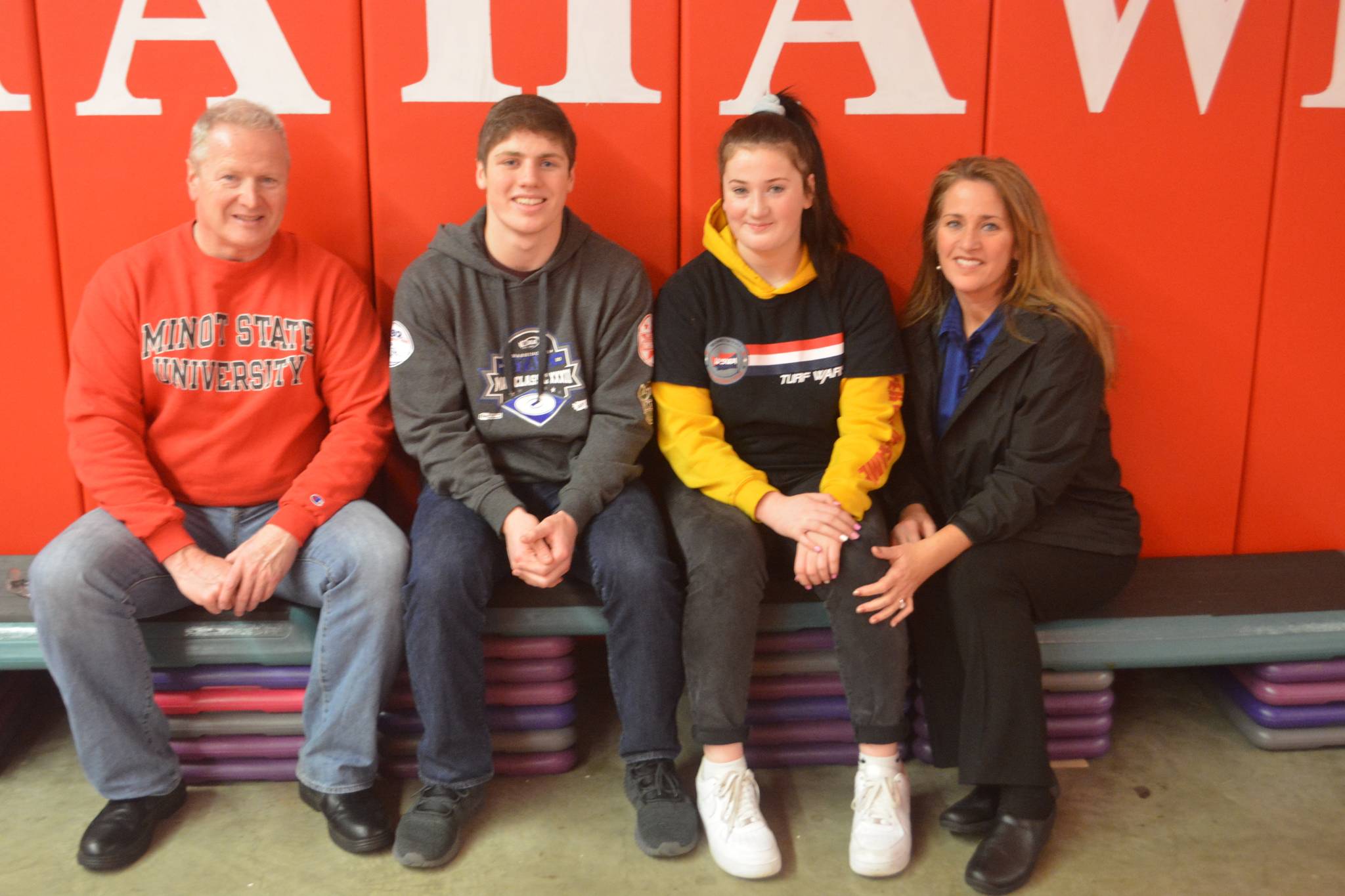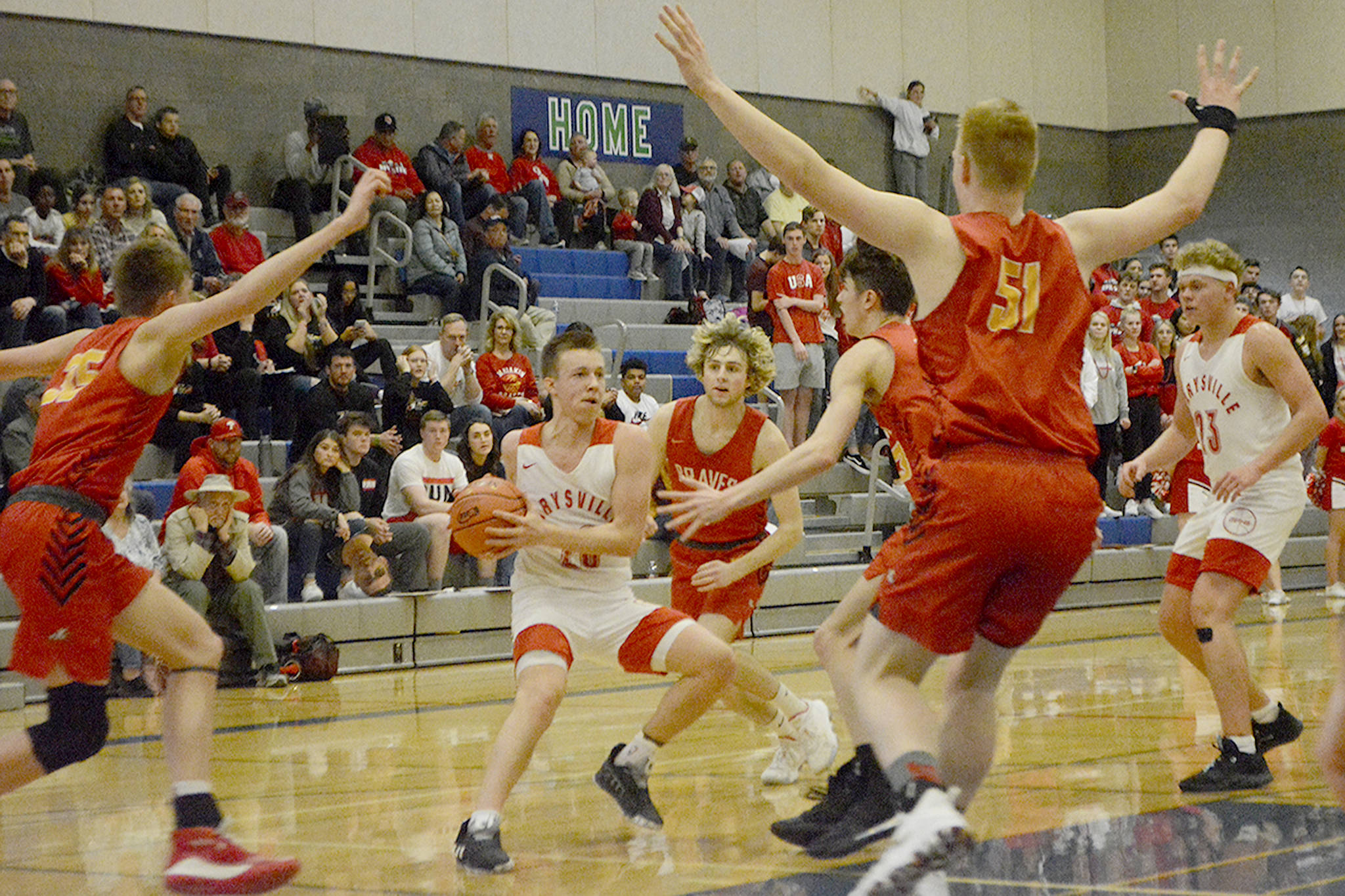As the Arlington football season wound to a close, the Eagles drew Shorecrest in the traditional North-South crossover game for teams who missed the playoffs.
But by the time that Nov. 7 game rolled around, after a nine-game football season, home girls soccer games and occasional youth football games, there was already a noticeable patch of mud around the 35-yard line on the north side of the field.
As the game progressed, blue and gold jerseys turned brown and the patch widened, almost bridging the Arlington and Shorecrest sidelines.
“It’s going to be a continual problem with the fixes needed,” Jim Welton said Feb. 13 as he called a meeting for members of the football community to get the ball rolling to turf the stadium at Arlington High School.
“I’m tired of talking about it. I want to do something,” the coaches representative for Arlington youth football added.
The problem with the field at Arlington is complicated, but what it boils down to is that the natural grass field over a sand base just doesn’t hold up very well under frequent play and Pacific Northwest weather conditions. Welton estimated costs — including fixing the field’s drainage system and purchasing turf maintenance equipment — to run between $750,000 and $900,000.
Welton is sensitive the fact that the school district and voters — the usual forces behind such an initiative — won’t be open to paying for turf at the stadium during tough economic times.
“We’re not going to pass a bond on a field,” Welton said, adding that he would prefer to see bond money spent on teachers than turf, anyway.
So instead, he’s hoping to organize a committee of interested parents and coaches to raise funds in the community to turf the stadium, following the model of the performing arts center.
While grass was a practical decision by the school board when the stadium was built — it cost about $600,000 less than a turf field — there are good reasons to pursue turf at the high school now.
For one, turf is the WIAA standard for playoff games. Marysville-Pilchuck, another school with a grass field, earned home playoff games for their boys soccer team and their football team. Neither were played at M-P. Should Arlington football earn a home playoff game this fall, they could expect to travel to Lake Stevens, Everett or even Snohomish for that advantage.
A majority of schools in Wesco North already play on turf surfaces.
For another, turf has gotten a lot safer over the last 10 to 15 years. In the late 1990s, even NFL players risked injury playing on turf. Since then, turf has become so advanced as to imitate natural grass. It just holds up better.
Finally, the grass fields throughout the community suffer similar wear and tear and playing time is lost due to conditions and upkeep. Turf would give more Arlington kids opportunities to play sports.
To get more information or get involved, Welton can be reached by e-mail at bigdogwelton@comcast.net.
